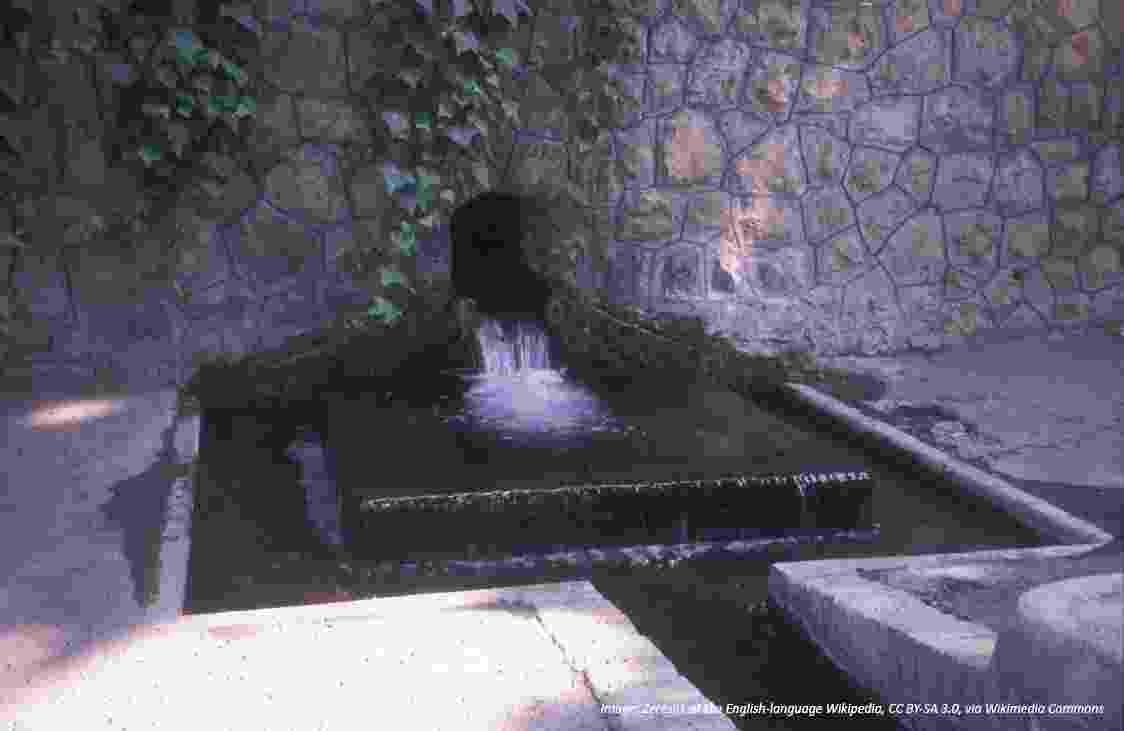Re-integration of heritage water systems: spatial lessons for present-day water management
16 December 2022


A Kariz or Qanat surfacing in Niavaran, Tehran, used for watering the grounds of The National Library of Iran.
Authors: Ashwini More, Claire Walsh, Richard Dawson
With increasing global challenges such as climate change and urbanisation, it is essential to relook at ingenious ways that water has been managed in the past and continues to be managed. This paper looks at heritage water management systems that have existed for centuries from an exploratory research approach. The ‘mosaic model’ from the landscape ecology scholarship is applied to understand the spatial components and linkages of these systems. The paper starts with the key features of heritage water systems, then moves to establish a close link between green infrastructure and heritage water systems. Finally, the authors explore a few select cases by applying the mosaic model to understand the heritage water systems. One of these cases is then further demonstrated to provide an insight into the systems and enable its spatial-wise use in the present fabric.
Highlights:
- Establishes a brief link between water heritage systems and green infrastructures.
- Even though the heritage systems referred to in this paper have existed for a long time, it tries to bridge the gap in their currently available knowledge, especially regarding spatial planning.
- The re-integration of the water heritage is envisaged to strengthen our current and future water resources management.
Images:
'Qanat Niavaran in Iran', by Zereshk at English Wikipedia, CC BY-SA 3.0, via Wikimedia Commons



